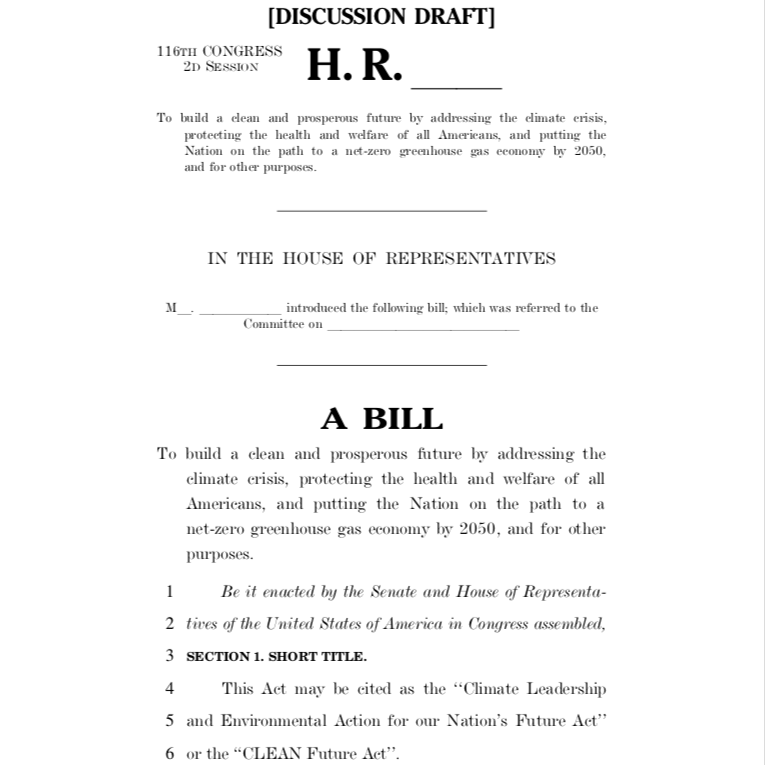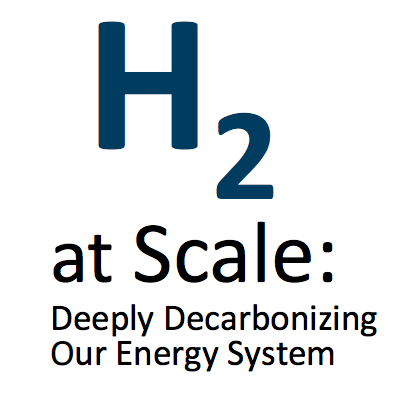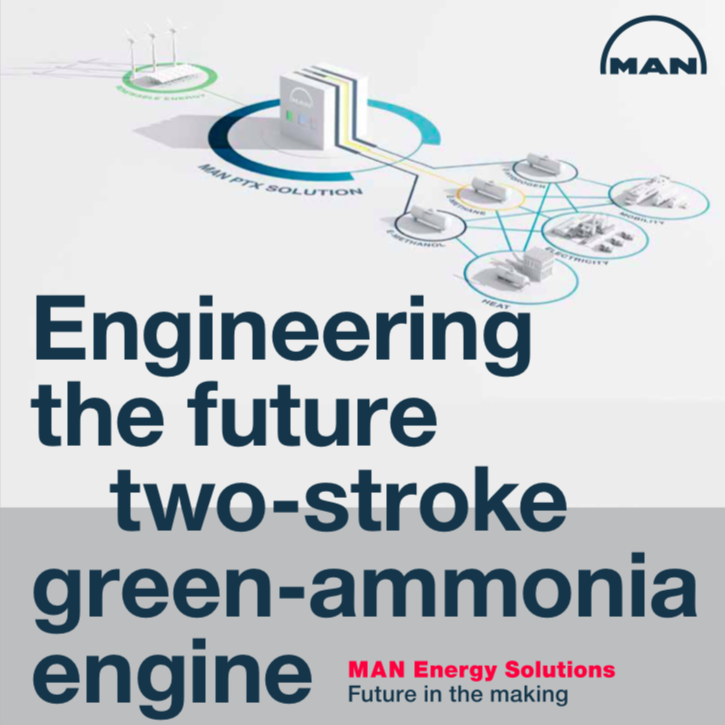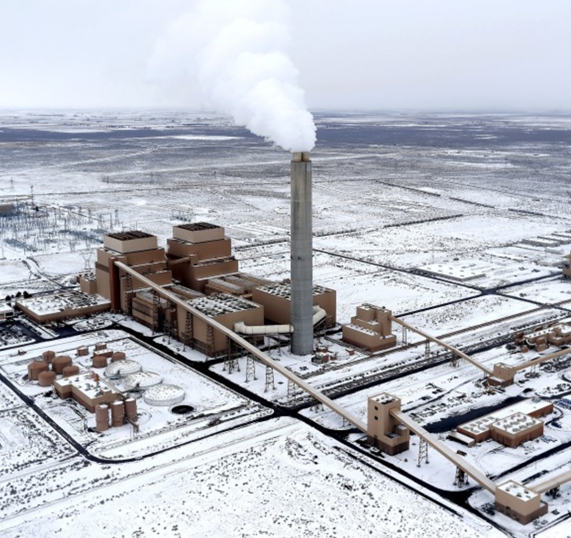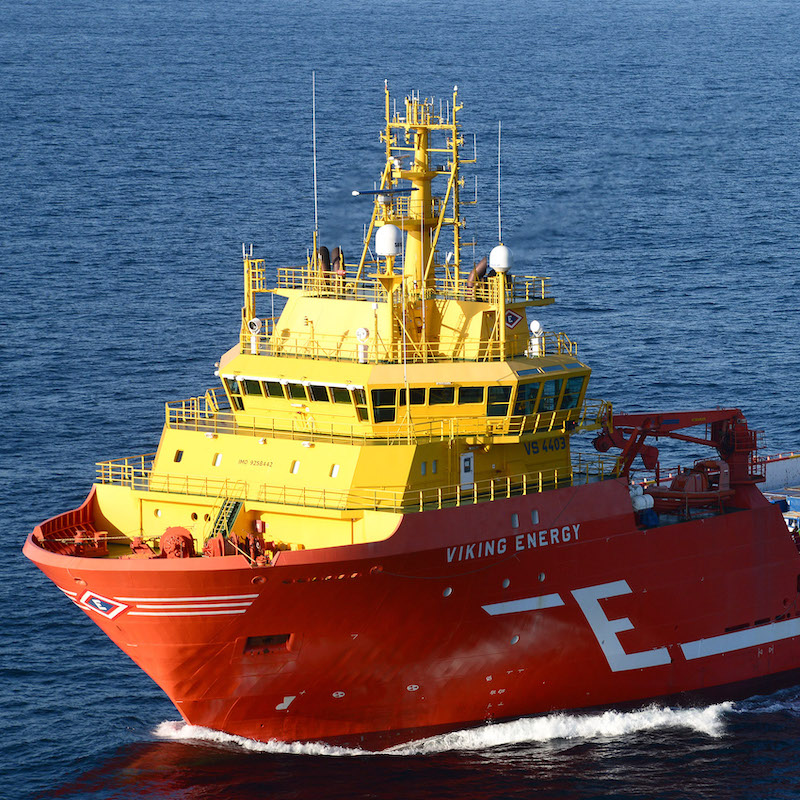US House draft bill defines ammonia as low-carbon fuel
In January 2020, the US House of Representatives published draft legislation that explicitly defines ammonia as a "low-carbon fuel." This is a first. The CLEAN Future Act is focused on electricity generation, and aims "to build a clean and prosperous future by addressing the climate crisis, protecting the health and welfare of all Americans, and putting the Nation on the path to a net-zero greenhouse gas economy by 2050." The point isn't that this will become law — that seems unlikely anytime soon — but that a mature understanding of the potential benefits of ammonia energy has finally reached policymakers in the heart of Washington DC.
